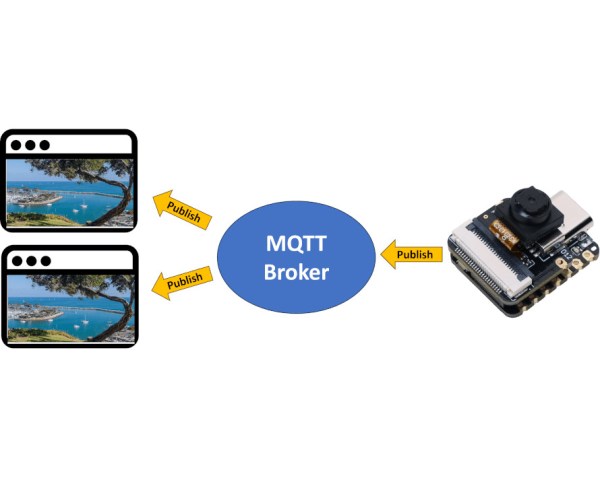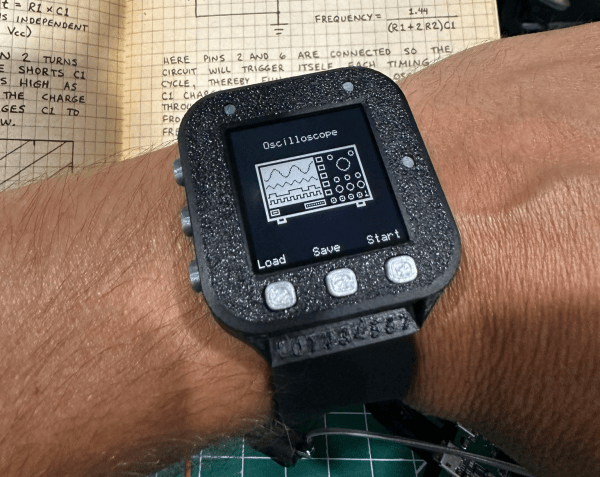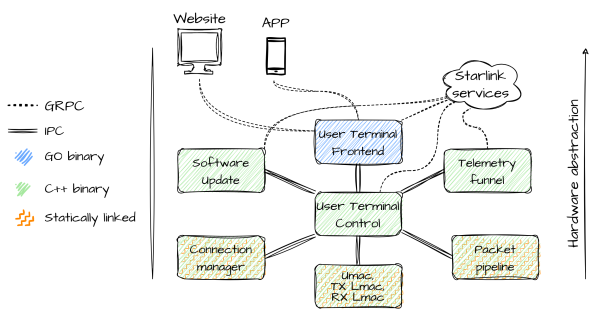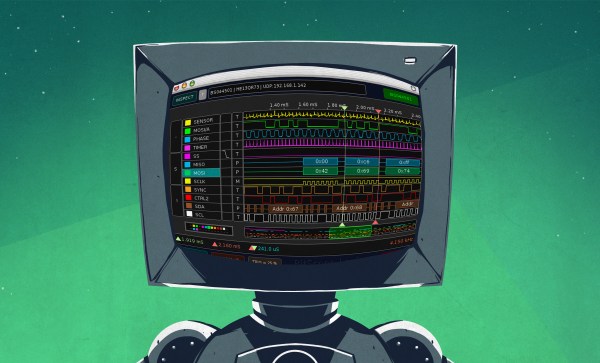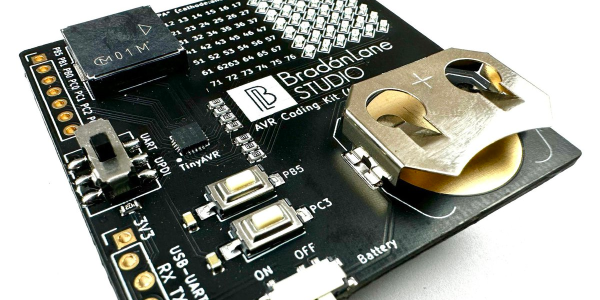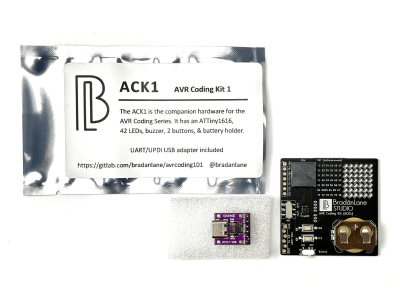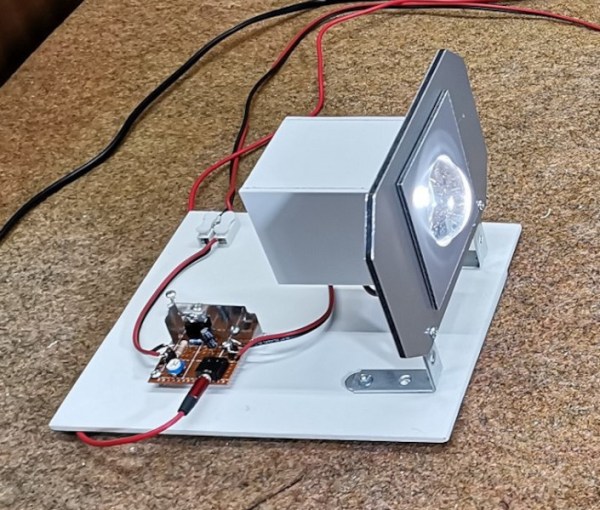The ESP32, while first thought to be little more than a way of adding wireless capabilities to other microcontrollers, has quickly replaced many of them with its ability to be programmed as its own platform rather than simply an accessory. This also paved the way for accessories of its own, such as various sensors and even a camera. This guide goes over taking the input from the camera and streaming it out over the network to multiple browsers.
On the server side of things, the ESP32 and its attached camera are set up with MQTT, a lightweight communications protocol which uses a publish/subscribe model to send information. The ESP32 is configured to publish its images only, but not subscribe to any other nodes. On the client side, the browser runs a JavaScript program which is able to gather these images and stitch them together into a video.
This can be quite a bit of data to send out over the ESP32’s compact hardware, so there are some tips and tricks for getting more out of these little devices, including using an external antenna for better Wi-Fi signal, or omitting it entirely in favor of Ethernet. As far as getting a lot out of a tiny microcontroller, though, leveraging MQTT really helps the ESP32 go a long way. These chips have come along way since they were first introduced; they’re powerful enough to act as 8-bit gaming consoles too.
Thanks to [Surfskidude] for the tip!

